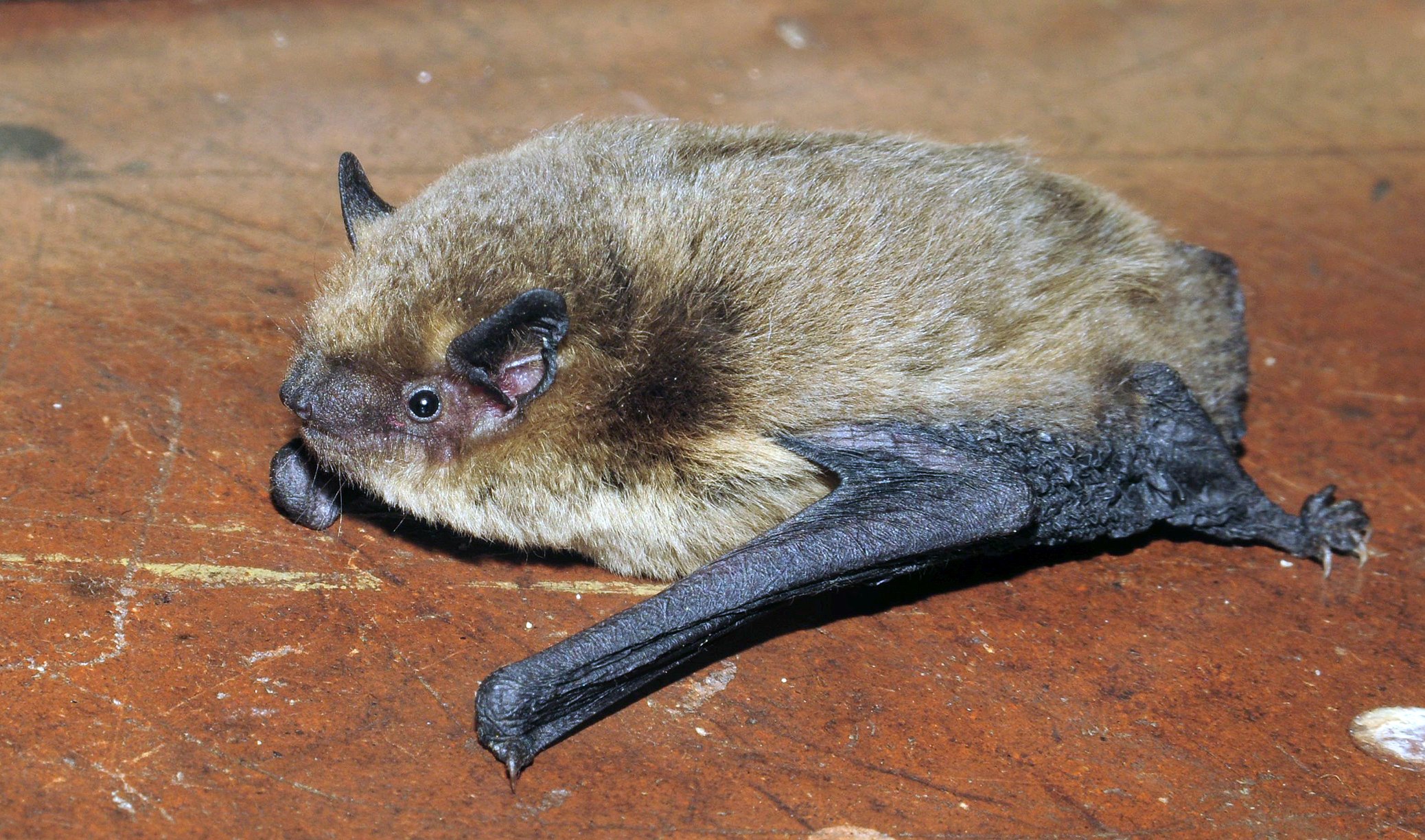Funnel trap as a method for capture migrating bats in Pape, Latvia
DOI:
https://doi.org/10.22364/eeb.19.02Keywords:
bat migration, funnel Heligoland trap, Pipistrellus nathusiiAbstract
We constructed a large funnel trap on the coast of the Baltic Sea on dunes of Pape village, Latvia. The trap has been used during the peak autumn migration of bats in Latvia in August and September. During the period of 2014 – 2020, about 40 thousand bats were captured in the trap, mostly Nathusius’ Pipistrelle Pipistrellus nathusii, about 35 thousand individuals. In migration hotspots of bats, this is suggested method of trapping since large number of bats might be trapped without entangling bats in mist-nets.

Downloads
Published
Issue
Section
License
Copyright (c) 2021 University of LatviaThis is an open access journal which means that all content is freely available without charge to the user or his/her institution. Users are allowed to read, download, copy, distribute, print, search, or link to the full texts of the articles in this journal without asking prior permission from the publisher or the author. This is in accordance with the BOAI definition of open access. Author(s) of the published papers retain copyright, the papers are made freely available for non-commercial purposes, allowing download, reuse, reprint and distribution of the material as long as the original authors and the source are cited. This license is equivalent to the CC BY-NC-ND.

